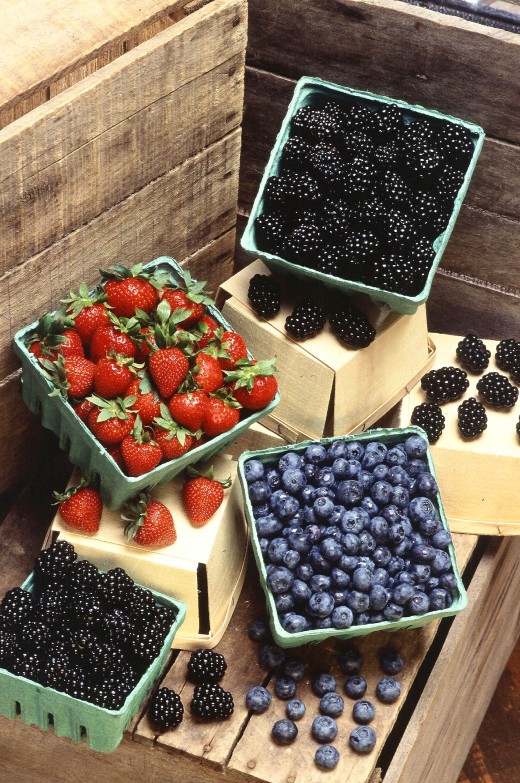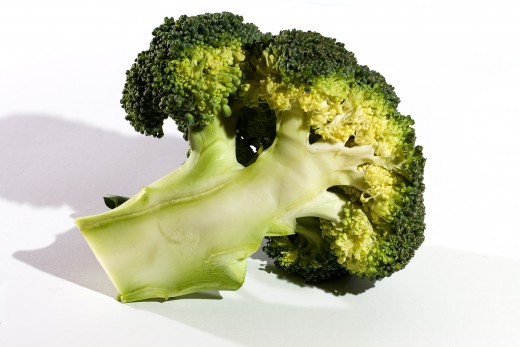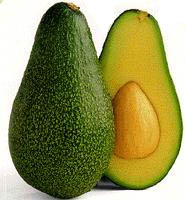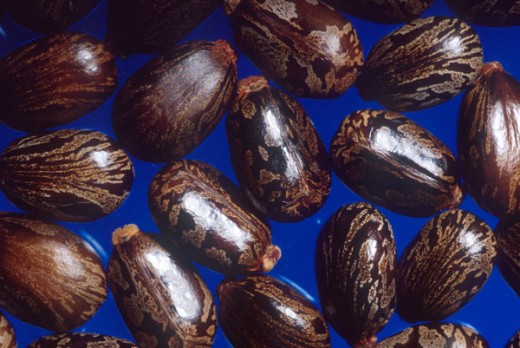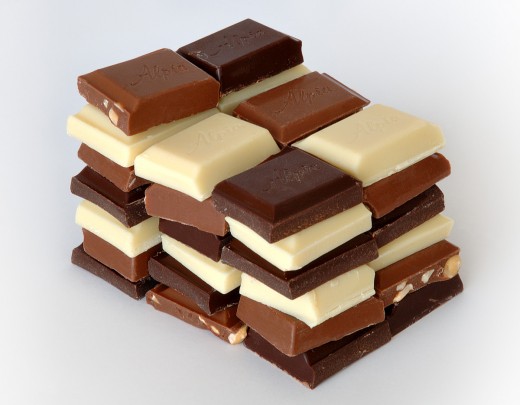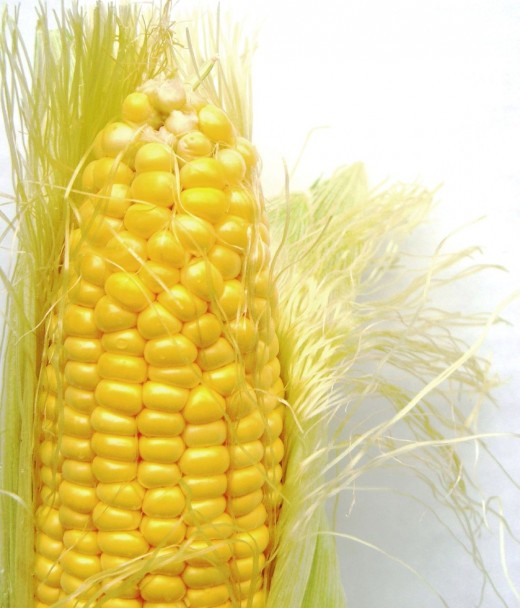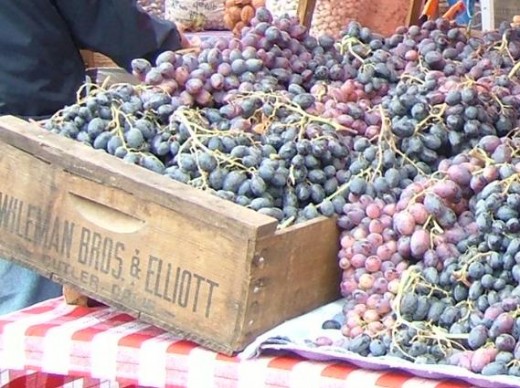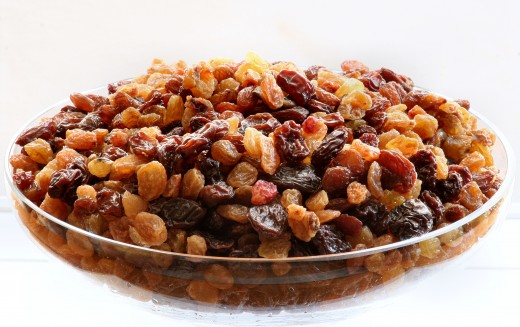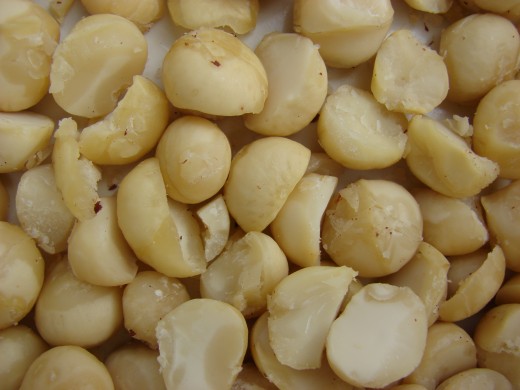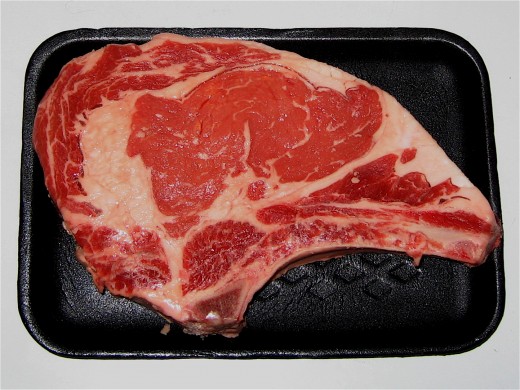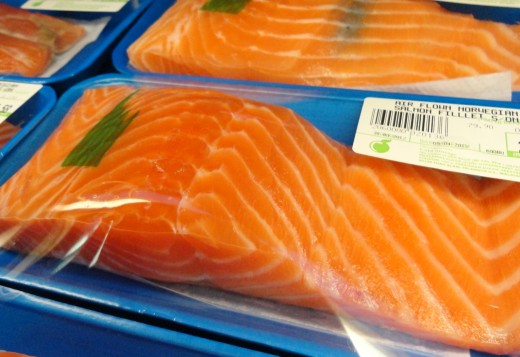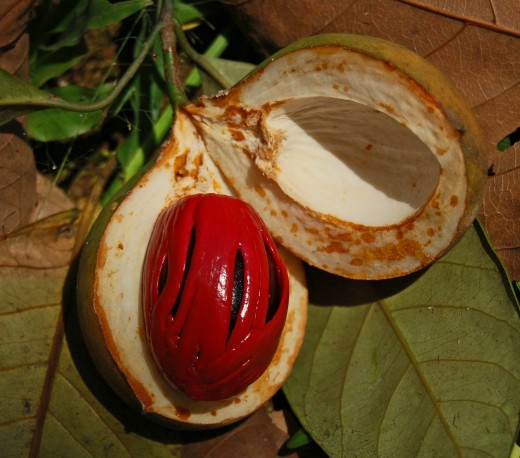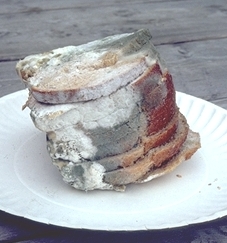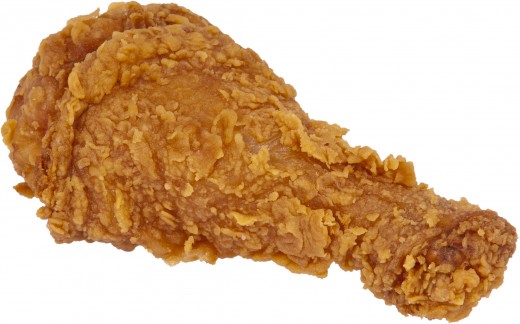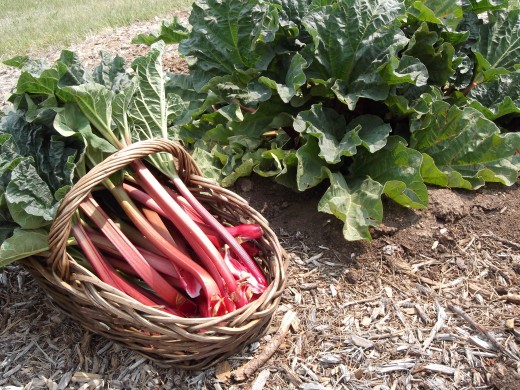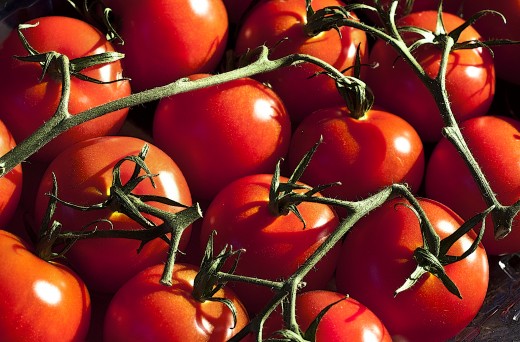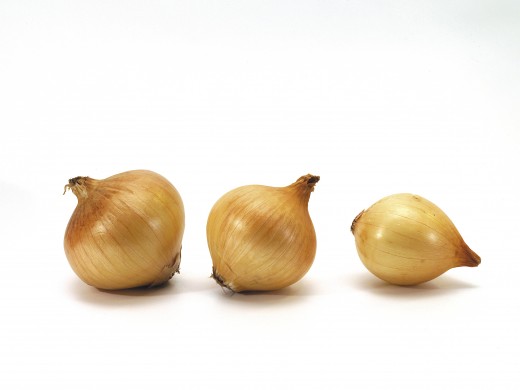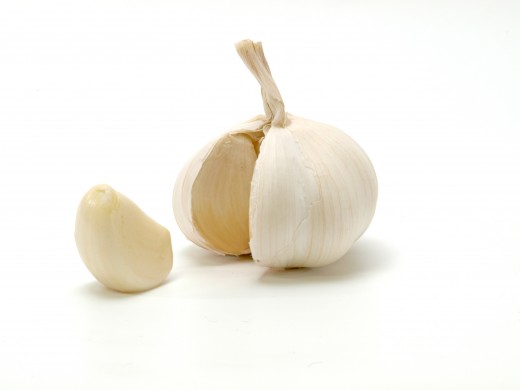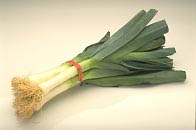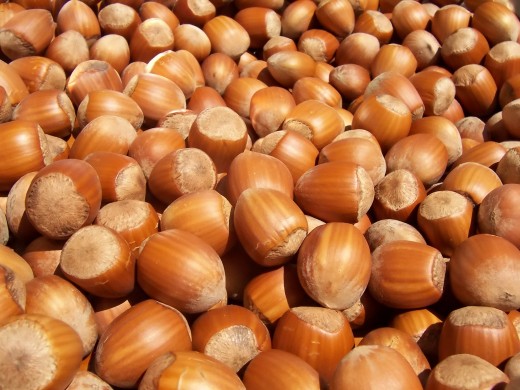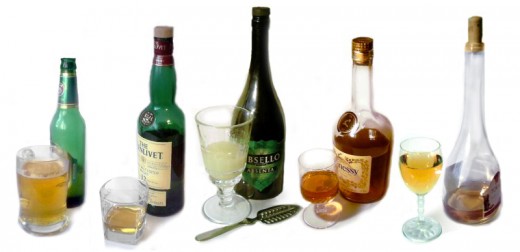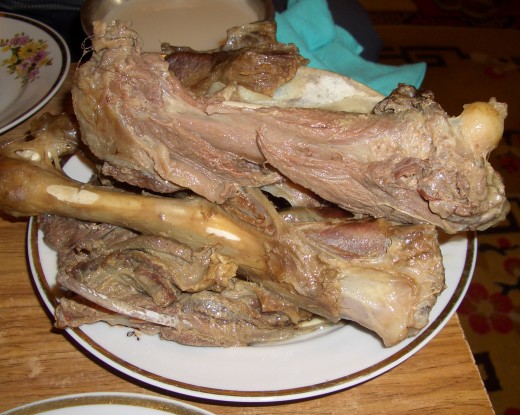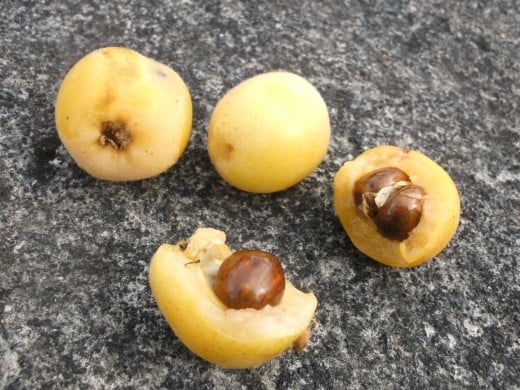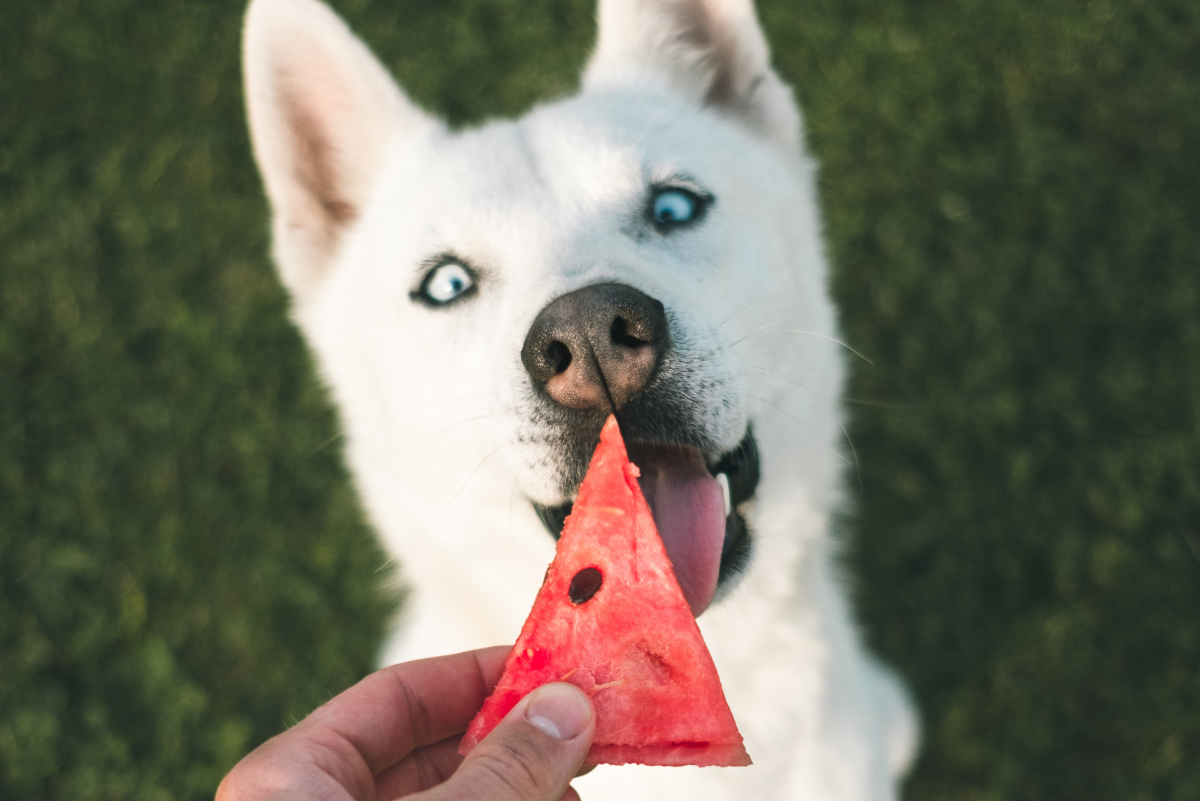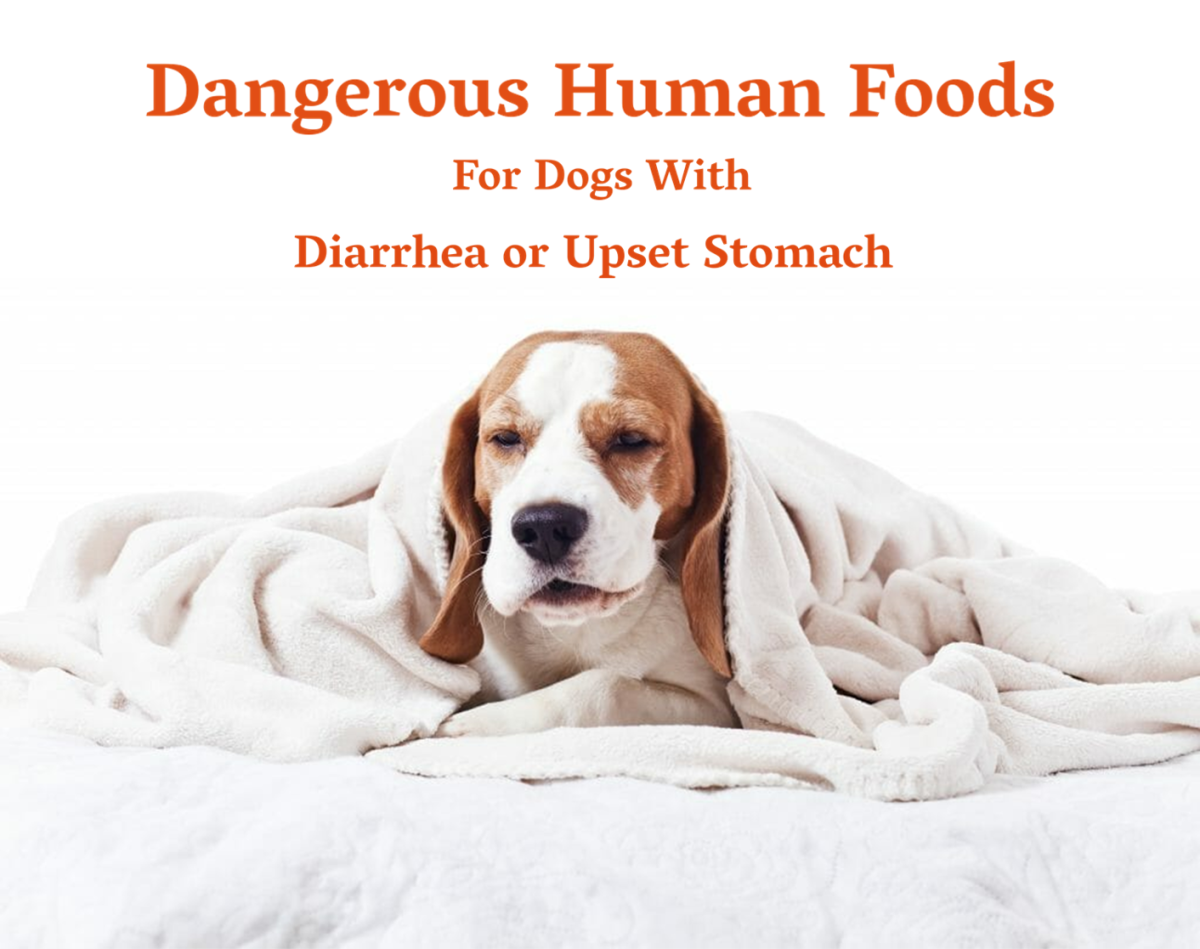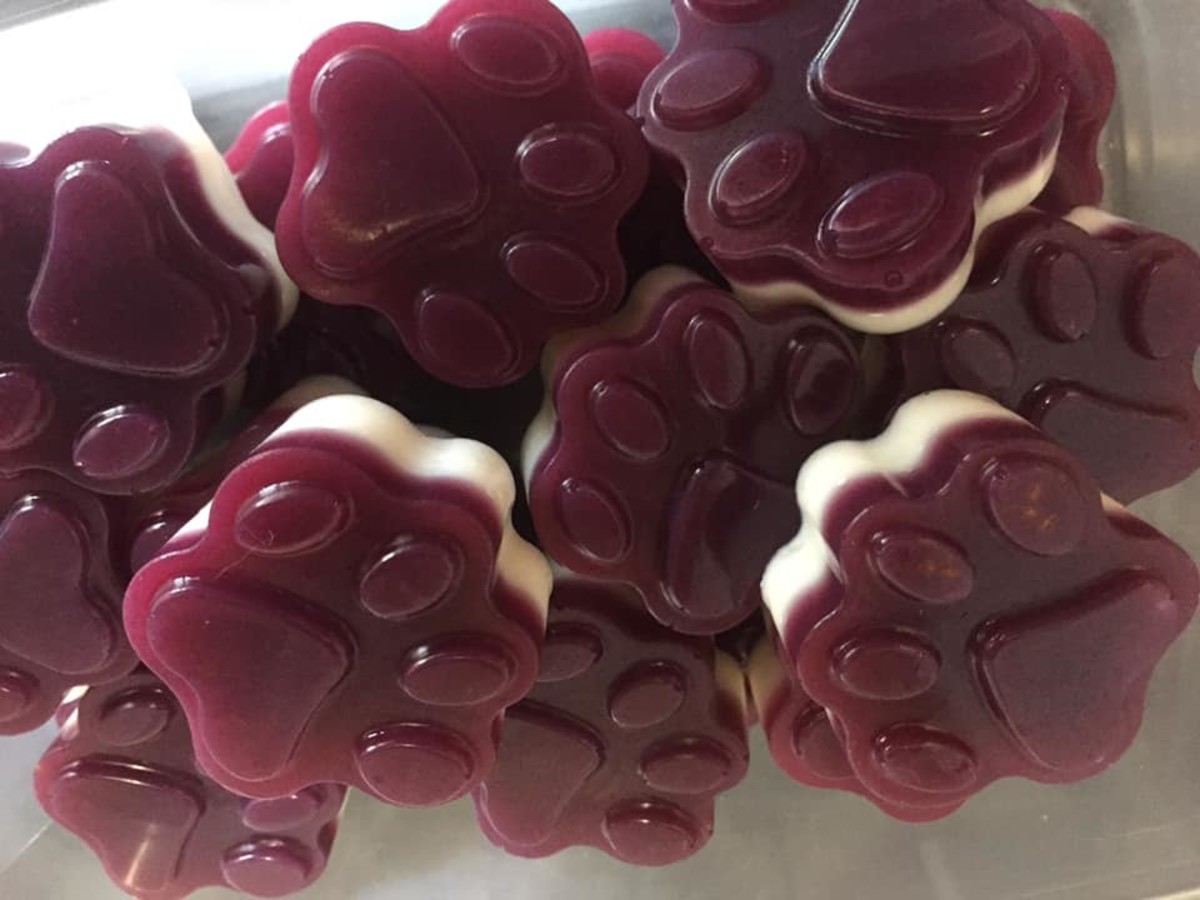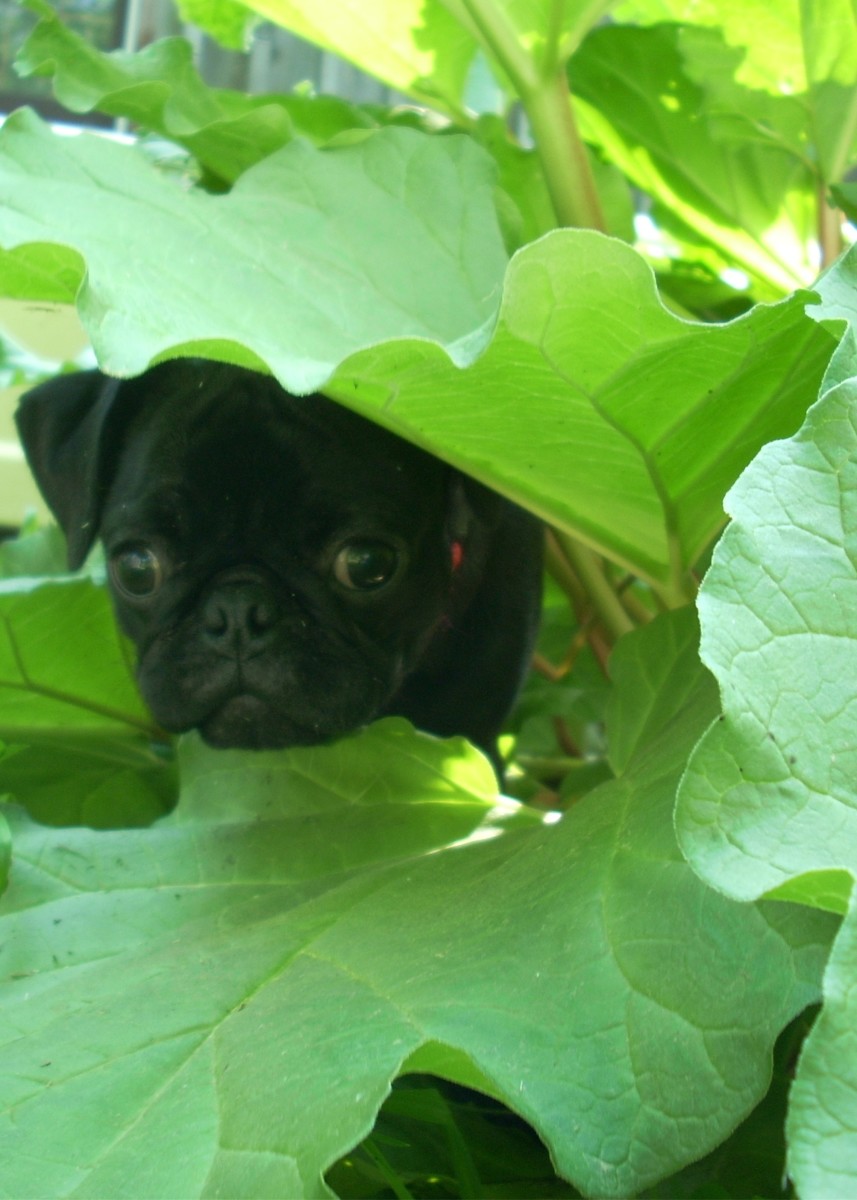Food Poisonous to Dogs
Who can resist those big brown eyes and adorable begs that are simply heart-melting? The temptation is so great to give in to your doggy's whines because if you don't, a guilty pang tugs at your heart-strings and you feel that you are doing your dog some injustice or depriving it of life's pleasures. But before you are about to do your dog's desire a favor, consider whether or not what you are about to give it could be something harmful.
A question by Shil 1978 inspired this hub. The question was "What Foods Should You Never Feed a Dog?" There are so many articles available on this topic but it turns out not many that do list the many poisonous food or provide the answers as to why such food are poisonous. My intention is to gather as much information I can on the common household food hazards into one comprehensive list. This hub is pretty lengthy so I won't attempt to bore with a lengthy introduction.
Let's get going! . . .
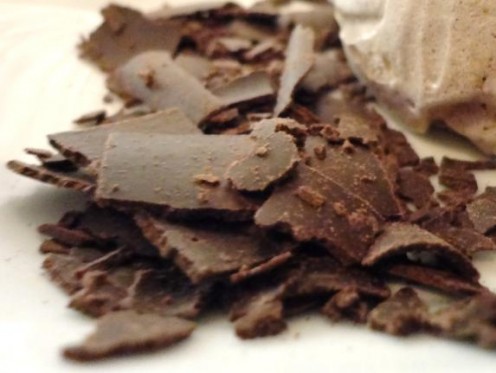
Chocolate
Chocolate is probably the most well-known toxic food for dogs. It has various beneficial effects for humans but not for canines. The toxic agent in chocolate is a substance called theobromine, a type of methylxanthine, which can affect the lungs, kidneys and central nervous system. However, the effect of theobromine on the heart is the most disastrous, as theobromine, being a cardiac stimulant, will cause a dog's heart to palpitate irregularly. Exerting itself physically then could lead to fatal results.
The reason chocolate is harmful to dogs is that dogs metabolize theobromine slower than humans do. The common signs of chocolate poisoning include hyperactivity, vomiting, diarrhea, tremors, seizures, abnormal heart rhythm, drunken gait, hyperthermia, and excessive thirst/dehydration and urination. Symptoms usually do not appear for several hours after consumption. Early detection of chocolate poisoning is treatable but later stages of poisoning can be fatal.
All chocolates, including white chocolate, contain theobromine. The higher the cocoa percentage the riskier, therefore, pure dark, bitter, chocolate is extremely hazardous while milk chocolate is the least dangerous. However, the most toxic types are unsweetened baking chocolate, cocoa powder, and cooking chocolate as these forms of chocolate contain ten times more theobromine than the ordinary milk chocolate.
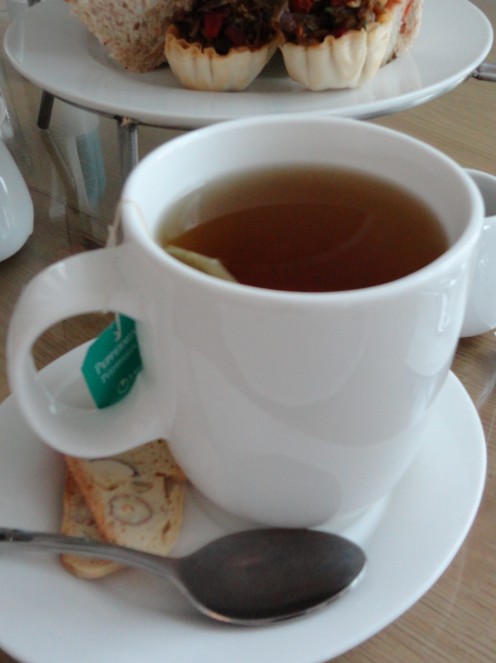
Caffeine
Coffee may be the first thing that comes to mind but there are many other caffeinated Items such as tea, chocolates and cocoa beans, sodas, and energy drinks. Caffeine too contains methylxanthine that can accelerate a dog's heartbeat to a dangerous level. The effects of caffeine ingestion are similar to those of chocolates with an addition of restlessness.
Macadamia Nuts
It is not known why macadamia nuts are poisonous to dogs; the toxic substance is not yet identified. Ingestion of macadamias even a few are generally not considered fatal although it may result in severe illness that can be treated. It has also been reported that dogs are the only known species to have been affected by macadamias.
Signs of macadamia poisoning occur within 12 hours and normally resolve within 48 hours after ingestion. There have been multiple cases in which dogs completely recovered from macadamia toxicity within 48 hours even without any clinical treatment. Among the known symptoms are weakness or paralysis of the hindquarters that leads to difficulty of rising, accelerated heartbeat, depression, vomiting, ataxia (wobbly gait), tremors, swollen and painful joints, and hyperthermia.
A combination of macadamia and chocolates makes the effect even more injurious.
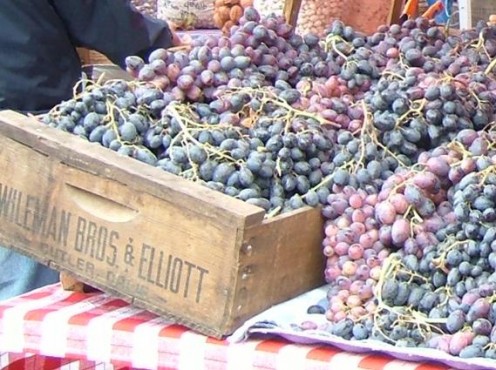
Grapes & Raisins
Like macadamias, the mechanism of toxicity of grapes and raisins remains unknown. Ingesting even as few as four or five grapes or raisins can prove lethal. Ingestion too highly leads to kidney failure and/or renal failure.
Within 6-12 hours of ingestion, affected dogs usually develop vomiting and/or diarrhea possibly accompanied by other signs like lethargy, abdominal pain, polydipsia (excessive thirst), weakness, dehydration, and shivering. Kidney or renal failure starts to develop within 24-72 hours after intake. Once that happens, dogs typically die or are euthanized.
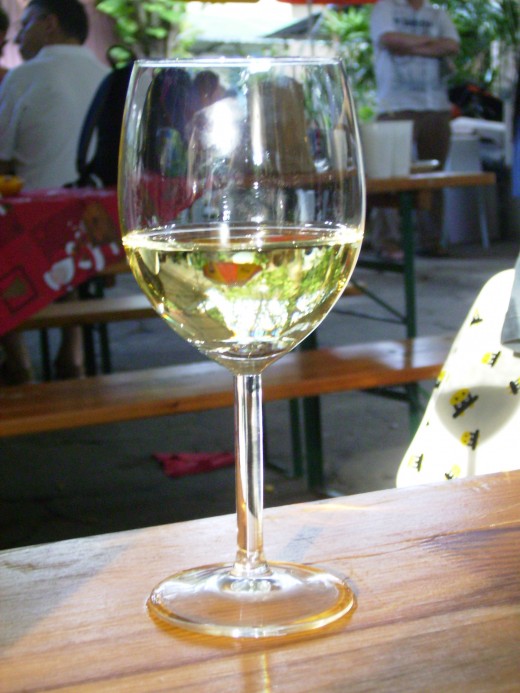
Alcohol
Alcohol has the same effect on a dog's brain and liver as it has on a human's, except it takes far less the amount to do its damage on a dog. Alcoholic beverages contain ethanol, which is a seriously toxic chemical compound that takes its toll on the central nervous system. As ethanol is rapidly absorbed into the system, a dog might succumb quicker to the symptoms, which comprises vomiting, diarrhea, central nervous system depression, decreased coordination, breathing difficulties, coma, and even death.
Yeast Dough
Uncooked yeast dough can rise in a dog's stomach as the warm, moist environment of the stomach serves as an efficient incubator for the replication of yeast within the dough and production of gas in a dog's digestive system, thus, causing pain and potential rupture of the stomach or intestines. Fermentation of yeast produces the toxic compound as alcohol, ethanol, which is absorbed rapidly into the bloodstream, resulting in inebriation and metabolic acidosis. Symptoms are similar to intoxication of alcohol with the early signs of your dog experiencing severe abdominal pain and bloat. And death is usually due to the effects of the alcohol, rather than from gastric distension.
Take note, even a small intake is exceedingly harmful as yeast dough can rise to many times its size.
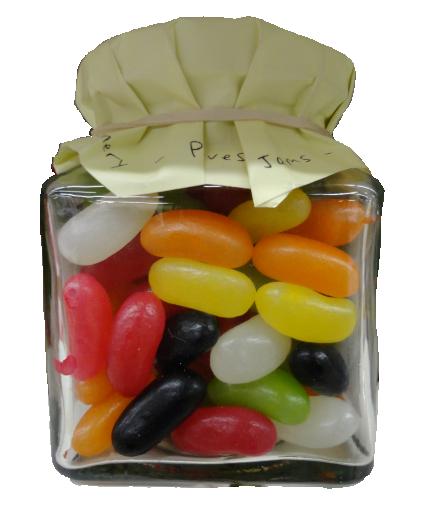
Xylitol
Xylitol is a sugar-free sweetener that can be found in many items - chewing gum, candies, toothpaste, baked goods, etc. Xylitol has been officially recognized by the National Animal Poison Control Center (NAPCC) to be a risk to pets in July 2004. It stimulates the pancreas to secrete insulin, resulting in hypoglycemia (lowered sugar levels) and has the potential to cause severe liver damage, especially in more vulnerable dogs.
Initial signs of toxicity include lethargy, vomiting, and loss of coordination, and can occur within 30-60 minutes. Seizures may occur at a later stage and liver failure can take place within the next few days. Although many dogs improve with supportive care if treated early enough, liver damage is frequently permanent.

Raw Eggs
Eggs contain a host of beneficial nutrients of protein, iron, most vitamins (except vitamin C) and carbohydrates, and are particularly good if fed raw. However too much raw egg can be harmful as egg whites contains an enzyme known as avidin that can deplete a dog's amount of biotin (vitamin B-8), a very essential B vitamin for many body processes, including health of skin and coat, thyroid, bone marrow, adrenal glands, nervous system, and proper muscle function. Biotin also aids a dog in processing fats, carbohydrates, and proteins.
Common signs of biotin deficiencies are loss of fur and unhealthy skin, abnormal eye discharge, growth retardation, small litter size, and sometimes diarrhea. If left untreated, serious biotin depletion can cause limb paralysis as well. If a dog is suffering from these symptoms, veterinary treatment should be procured as soon as possible.
As a guide, an average Labrador Retriever should not consume more than two raw eggs per week, with the portion for smaller and lighter breeds significantly reduce to one raw egg per week or per fortnight. If only the egg yolks are fed, the quantity may be increased to four yolks per week for a Labrador. Hard-boiled eggs can be consumed a few more as hard boiling reduces the amount of avidin and is safe from bacterial contamination of Salmonella or E. coli, although this slightly lowers the nutritional value of the eggs.
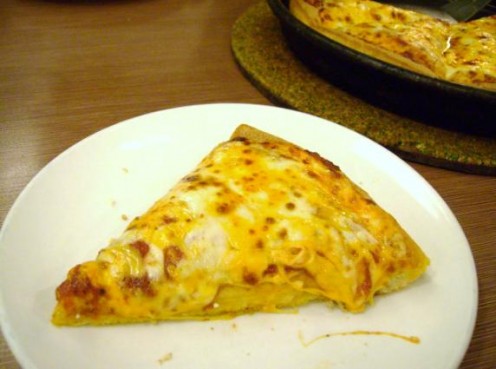
High Salt & High Fat Content Food
Bacon, sausages, hot dogs, and fried chicken. Dogs just so love these rich, fatty foods, but such joy derived from them can lead to disastrous consequences in the long run. Excessive fat build-up can upset the stomach and potentially inflame the pancreas causing pancreatitis.
Salty foods in large amounts, on the other hand, can lead to electrolyte imbalances. One of the functions of electrolytes is to help regulate the body's fluid balance, that is why excessive sodium intake can generate extreme thirst or urination, at times even sodium ion poisoning. Often, the cause of electrolyte disturbances is renal failure.
Signs of pancreatitis mostly involve an acute onset of vomiting and abdominal pain, which may be evident by a hunched posture, while signs of overdose of sodium consumption include vomiting, diarrhea, tremors, seizures, depression, and hyperthermia.
Leftovers are a common source of high fat and salt content as they usually contain fat trimmings. Cat food is another source of high fat content, so if your dog shares a home with a cat be sure to disable its access to its feline mate's food dish. Turkey skin is relatively high in fat and calories too, while oily fish, such as tuna, contains high levels of unsaturated fatty acids that can cause steatitis (painful inflammation of fat deposits beneath the skin) if taken too much. And when you're wedded to your couch with a bag of chips, avoid the temptation of those doleful eyes!
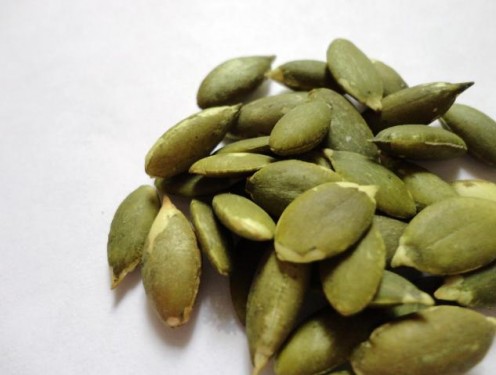
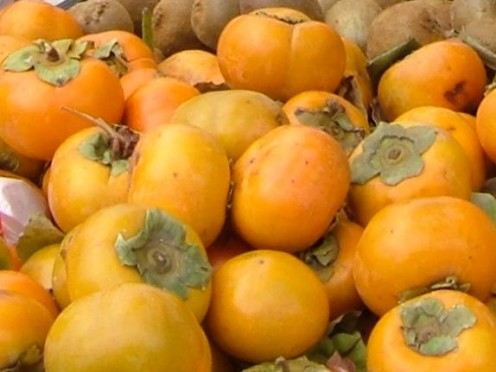
Fruit Pits & Seeds
Peaches, persimmons, plums, cherries, apricots, figs. Most people think that these fruits themselves are poisonous, which is not the case. It is the seeds and pits that are to be worried about as they can cause obstruction of the digestive tract. Persimmon seeds can cause enteritis (inflammation of the small intestines) in dogs, while apple seeds and pits of peaches, plums, and cherries contain the toxic cyanogenic glycosides which causes cyanide poisoning in both humans and dogs, but the difference is we know not to eat these pits and seeds whilst dogs don't.
Signs of cyanide poisoning include vomiting, heavy breathing, tachycardia (rapid heart beat), cardiac arrhythmia, and skin irritation. Naturally, coma and fatality could occur at a severe stage.
Bones
Though it is a universal image of a dog going head over heels at the sight of bones or with a bone in its mouth, it is generally understood that bones, regardless of fish, poultry, or other meat sources, should not be offered to your dog as they pose choking hazards, and could splinter and cause laceration of the digestive tract, therefore, causing grave injury. Although beef bones are hardier than pork and poultry bones, they too should not be attempted. Too much bone in the diet will cause hard white faeces and may lead to constipation.

Berries
Many berries can make a dog ill but it is hard to tell which are toxic and which aren't. Among the known ones are mistletoe berries and holly berries. Unripe berries are also a no-no. To take precautionary measures, it is better not to give your dog any kind of berries whatsoever, with the exception of blueberries, as they are not dangerous if taken in moderation.
Avocados
Everything concerning avocados - the fruit, leaves, stems, and seeds - contains the toxic persin. Apart from dogs, many other species in the animal kingdom are susceptible to avocado poisoning, such as ostriches, rabbits, cattle, and rodents to name a few. The leaves are the most toxic parts while the Guatemalan varieties of avocado have been known to be the more toxic type.
Persin can damage the heart, lung and other tissues. Effects can be from vomiting and diarrhea to difficulty breathing. Death is also possible. Besides, avocados are high in fat content, and as mentioned above under High Salt and High Fat Content Food, could lead to pancreatitis.
Since avocado is the main ingredient in guacamole, ensure your dog has no access to the dip. And if you happen to grow avocados in your back garden, be certain that they are off limits to your dog too.
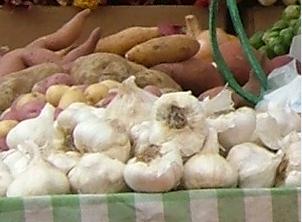
Onions, Garlic, & Chives
These vegetables and herbs contain thiosulphates, sulfoxides and disulfides, which can lead to gastrointestinal irritation and Heinz body anemia, an illness that causes the destruction of red blood cells leaving the dog short of oxygen. Red pigment from the burst blood cells will appear in an affected dog's urine as well.
Dogs can however tolerate small doses of onions without any problem and any apparent signs of onion poisoning. Garlic is also less toxic than onions. Hyperthermia, increased heart rate, vomiting, loss of appetite, lethargy, bloody urine and breathlessness are some of the indications of anemia.
All forms of these vegetables should be steered clear off be it raw, cooked, dehydrated, or powdered. Even commercial baby food contains onion powder.
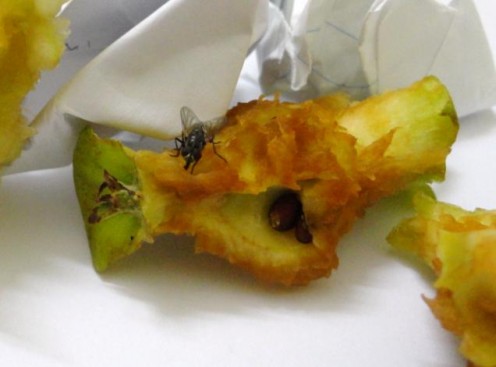
Rotten Foods
This stuff contains various bacteria and germs and we would not even think of consuming them ourselves, right? Even food that has expired should not even be considered with the common misconception that a dog's stomach is hardier than ours which gives it better toleration of spoiled foods as spoiled foods can cause food poisoning with symptoms of severe vomiting, diarrhea and shock. In addition, rotten fruits produce ethanol, triggering the same effects associated with alcohol or dough ingestion.
Mouldy food commonly breeds toxins such as Penicillium or Tremorgenic Mycotoxins, usually found in mouldy dairy products. Signs of toxicity include severe tremors and seizures that can last for hours to days. Instant medical treatment is needed to control the seizures and detoxify the dog.
Another serious illness, Botulism, caused by Clostridium botulinum bacteria, often derived from garbage or improperly preserved or canned foods, can cause muscle paralysis, slow heart rate, constipation, and urine retention. Treatment is only effective is detected early. Therefore, it is crucial to prevent your dog from rummaging your trash cans or compost bins.
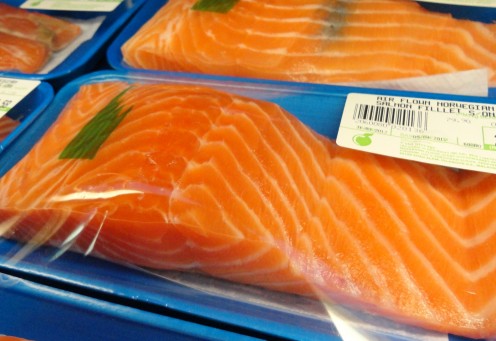
Raw Fish & Meat
Like raw eggs, raw fish and raw meat can contain harmful bacteria. Certain types of fish, such as salmon, trout, and sturgeon can contain a parasite that causes what is commonly known as "salmon poisoning disease" or SPD. It is cause by ingesting infected raw fish that is host to a rickettsial organism/parasite called Neorickettsia helminthoeca. This disease normally begins in the tissues of the small intestine, where it causes hemorrhaging before gradually invading the entire body. SPD is an often fatal condition with the mortality rate of up to 90%.
Signs and symptoms of SPD are fever, bloody diarrhea, persistent vomiting, swollen lymph nodes, and discharge from the nose and eyes. Cooking the fish thoroughly will ensure that no such parasite is present, thus making it safe for consumption.
Raw fish also contains the enzyme thiaminase that metabolizes or breaks down the B vitamin thiamine. Thiamine deficiency can lead to loss of appetite and seizures, and can affect the organ systems.
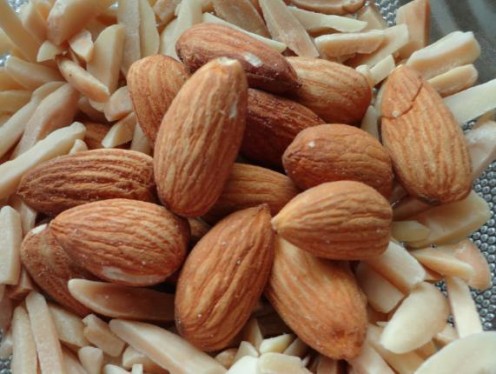
Nuts
Dogs enjoy nuts due to their crunchiness but in general they are not good for dogs as their high phosphorus content may lead to bladder stones. A few, once in a while, should do no harm though.
Castor Beans
Castor beans contain recin, a glycoprotein reported to cause hypotension, gastroenteritis, depression, and death. Very few reports have surfaced and most do not involve deaths. The most commonly reported clinical signs are vomiting, depression, and diarrhea. Severity of symptoms may depend on whether the beans were chewed or swallowed whole.
Other types of beans are a good source of protein, energy and B vitamins but have the tendency to form gas during digestion and to cause flatulence.
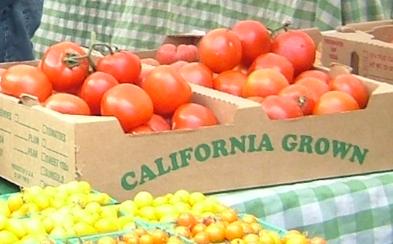
Tomato Leaves & Stems & Rhubarb Leaves
These contain a glycoalkaloid toxic called tomatine, which can be toxic to the heart. Concentration of tomatine is highest in the leaves and stems of tomato plants, followed by green unripened tomatoes and then the red ripened tomatoes. The amount of tomatine present in ripe tomatoes makes them safe to be consumed moderately. In addition, these leaves and stems contain oxalates, which can affect the digestive, nervous, and urinary systems.
Milk
As a dog matures, its ability to digest lactose decreases. Small quantities of milk could lead to diarrhea. Many adult dogs, though, are lactose intolerant and consumption of milk would upset their digestive system and cause them to develop flatulence and allergic, flaky, or irritated skin conditions.
If your dog enjoys drinking milk, there are many choices of lactose-free milk labels available on the shelves. Cheese is another option for animal protein, and as it contains very little lactose it can be fed to dogs that are known to have an intolerance, and most dogs enjoy it chunky.
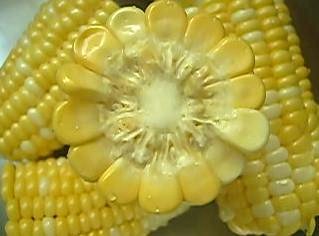
Corn Cobs
Corn cob pose hazards as they can cause partial or complete intestinal obstruction. There have been cases of death related to consuming corn cobs. Corn cobs should never be used as a replacement for rawhide chews.
Nutmegs
Most people are unaware how dangerous and potentially fatal nutmegs are to dogs. Nutmegs have been reported to be a hallucinogen when ingested in large doses. They can cause tremors, seizures, central nervous system problems, and in some cases, death.
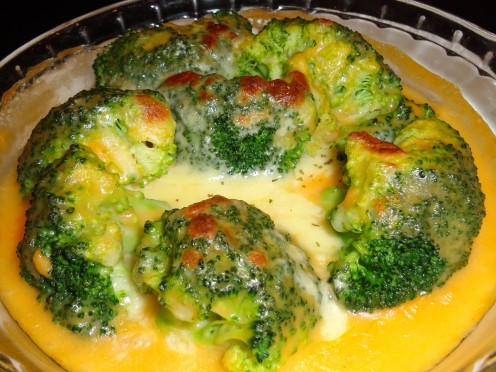
Broccolis
The toxic agent in broccolis is isothiocynate that is rapidly absorded and excreted by dogs when taken. Although it may cause a simple upset tummy it is not that detrimental unless consume in extreme portions, which can then lead to gastrointestinal irritation.

A Recap in Pictures
Click thumbnail to view full-size



























The pantry is not a dog's playground
There are many other food out there that can be harmful, if not just unhealthy, for your dog. For instance, baking powder and baking soda are both highly toxic and so are other spices. It is essential to keep all food items out of your dog's reach as you never know which can do harm and which cannot. The kitchen or pantry is not a place for your dog to explore with its taste buds.
What to do when your dog shows signs of poisoning
When you spot any irregularity in you dog's behavior, movements, or eating and sleep patterns, always pay attention. Remember, time is critical; a moment lost could have dire ramifications. If you suspect your dog has eaten any of the following foods, try to identify the poison and note the amount ingested, then contact your veterinarian immediately and take your dog to the clinic.
If your dog consumes an unidentified substance, bring samples of the substance or its packaging with you. The label should contain information that will assist the vet in prescribing the right antidote and treatment for that specific type of poisoning. If your dog has vomited, collect a specimen of that vomit and take it to the vet too.
You could also contact the ASPCA Animal Poison Control Center at (888) 426-4435 for any animal poison-related emergency, 24 hours a day, 365 days a year.

First published on March 27, 2012
Other hubs on dogs
- How To Make Your Dog Smarter
Want your beloved dog to be smarter and have a brighter look on its face? Read on. - Easy Dog Food Recipes: How To Make Homemade Kibble Dog Food
Help your dog get better nutrition and less additives by making your own homemade kibble dog food. - Feeding Dogs: Wet Food versus Dry Food, Which is Best?
Dry dog food or canned? There are many advantages and disadvantages to both. Learn some pros and cons of both so you can make an informed decision.

